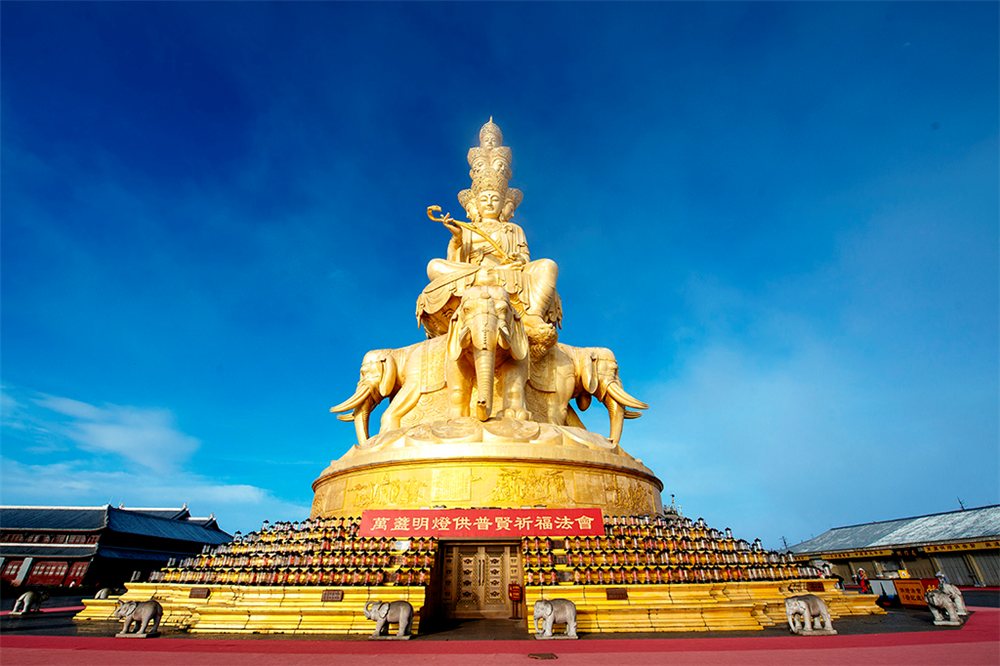Anatta
In Buddhism, Anatta refers to the perception of “not-self”, which is also among the three marks of existence, namely, Annata, Dukkha and Anicca.According to the Theory of Buddhist Dependent Origination, Buddhism holds the view that there is not an independent and physical self in the world, which denies the existence of an identifiable, definitive eternal “self” (soul). Original Buddhism explores in details the theory of Anatta in Samyutta Nikaya, for example, “Impermanence (anicca) is painful and those who feel painful have no self”; “Everything is neither self-produced nor produced by others; its existence and non-existence are all caused by karma.”It is believed that the existence of everything in the world is not caused by itself; instead, it is an integration of various factors, appearing and disappearing due to various factors caused by karma in an instant, rather than a fixed and sole independent individual. From Buddhists’ perspective, a house is an integration of bricks, tiles, woods and stones, and a person is an integration of five skandhas (aggregates).The five aggregates are: material form, feelings, perception, volition, and sensory consciousness, among which there is no unchangeable self; therefore, it is called “not self”.
The study of karma by Abhidharma-kosa demonstrates the concept of Anatta. Sattva (Pali:satta) means sentient being. Human beings and all living creatures that have emotions are Sattva. All Sattva that Brahmanism and other sects define must possess an unchangeable self that has a dominant function, and the significance of self is equal to that of soul. The Theory of Dependent Origination claims that Sattva is the integration of various materials and spirits. From the perspective of the components of a body, Sattva consists of six elements including earth, water, fire, wind, emptiness and consciousness. By depending on the former five elements can a body function, with the earth being flesh, water being blood, fire being warmness, wind being breath, and emptiness being space; and by consciousness there come various mental activities.
From the perspective of mental elements, Sattva can be classified into five aggregates including material form, feelings, perception, volition, and sensory consciousness. Skandha divides many different phenomena into various aggregates. Form means all kinds of substances. Five sense organs (eyes, ears, nose, tongue and body) and five external sence objects (color, sound, fragrance, taste and touch) all belong to form. The four aggregates contain major mental elements: feelings are used to feel pains, happiness etc.; perception is impression for appearance of things, including colors and shapes etc.; volitions are mental formations that promote physical and mental activities; and sensory consciousness are for understanding, judgment and deductions.
By analyzing the above two aspects, Buddhism concludes that Sattva is not a fixed, sole and independent entity; it is an integration of various factors whose existence and cessation are caused by karma in an instant. Since there is not a fixed and independent sentient being that dominates the body and mind, there will not be any “self”. This is the brief explanation of Anatta.

